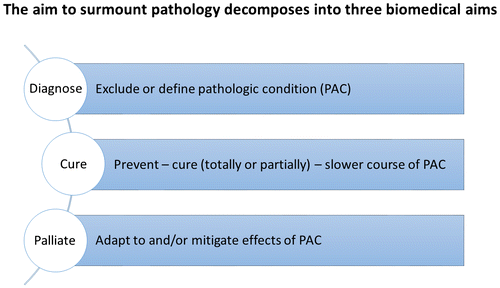Figures & data
Table 1. IMS as overarching approach to medical action
Figure 1. Maximizing therapeutic success requires physicians and patients to cooperate.
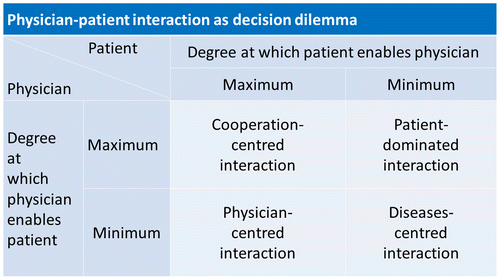
Figure 2. IMS basic design of cultural and moral diversity.
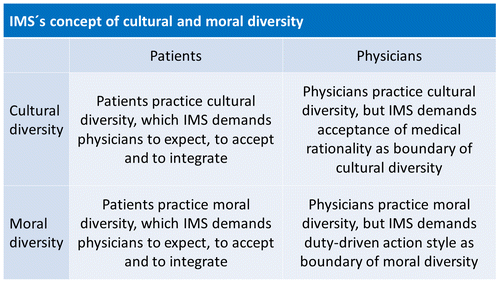
Figure 4. The nomenclature of medical rationality, strategy, and ethics.
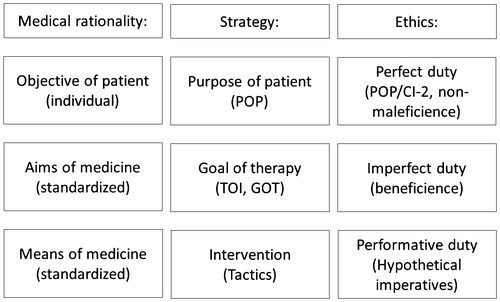
Table 2. Three-dimensional views on human affairs in narration, psychology, and social sciences
Table 3. Matching concepts of IMS with the real world’s three dimensions
Table 4. Examples for failures of therapy per dimension of success
Figure 5. IMS seeks therapeutic success in the following three dimensions: (1) biology, (2) sociology, and (3) psychology.
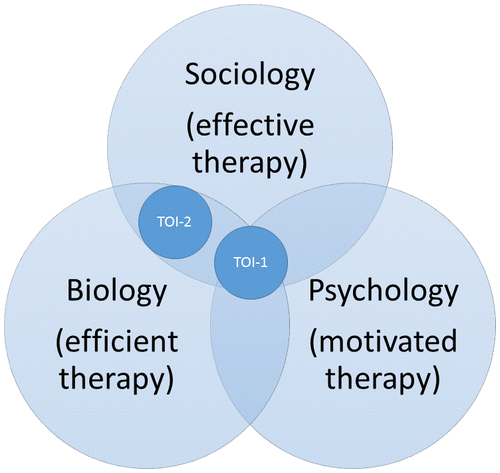
Figure 6. I-SWOT matrix describes four principle types of strategic options, which have to be discussed with patients to identify an IMS of treatment (for detailed example, see von Kodolitsch et al., Citationin press).
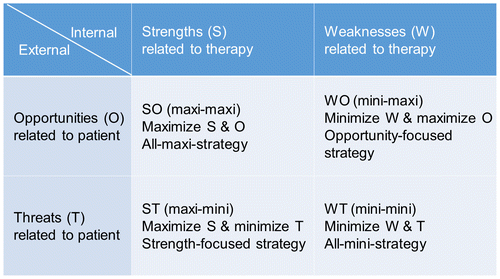
Figure 7. Patient–doctors’ dialog for establishing a plan of treatment: IMS identifies medical rationality as physicians’ firm standpoint.



